Thorough Chimney Assessments for Peace of Mind
Regular chimney inspections are essential for ensuring the safety and proper functioning of a fireplace. They help identify potential issues before they become hazardous, reducing the risk of fire and smoke damage.
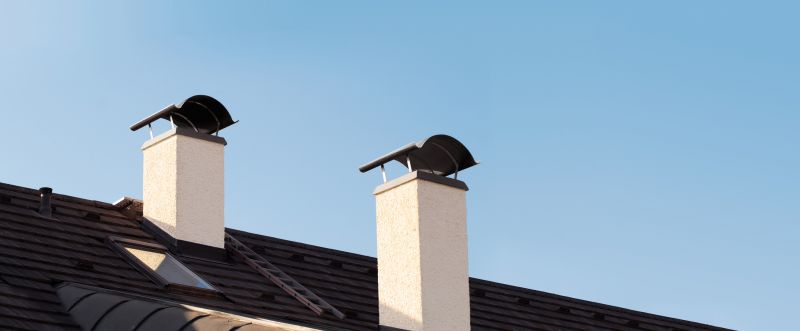
A chimney cap prevents debris, animals, and water from entering the chimney, protecting its interior components.

The liner safeguards the chimney walls from heat and corrosion, ensuring safe venting of smoke and gases.

The damper controls airflow and prevents heat loss when the fireplace is not in use.
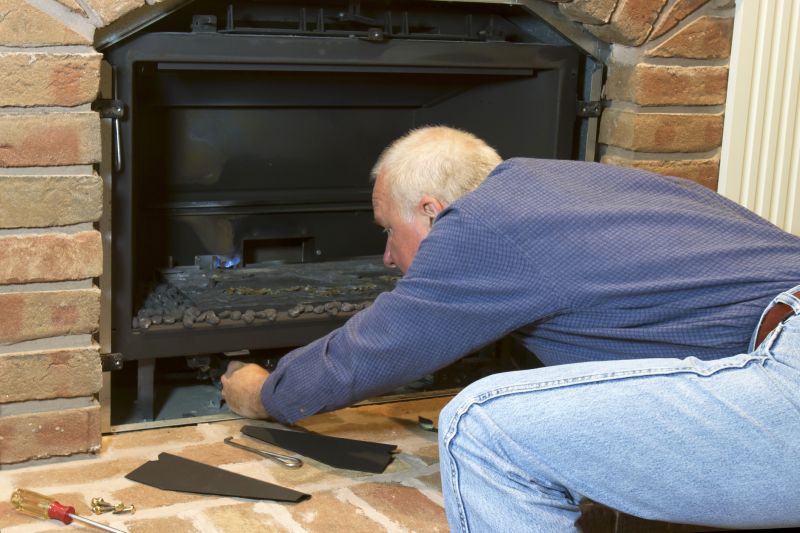
A well-maintained fireplace ensures efficient burning and reduces the risk of creosote buildup.
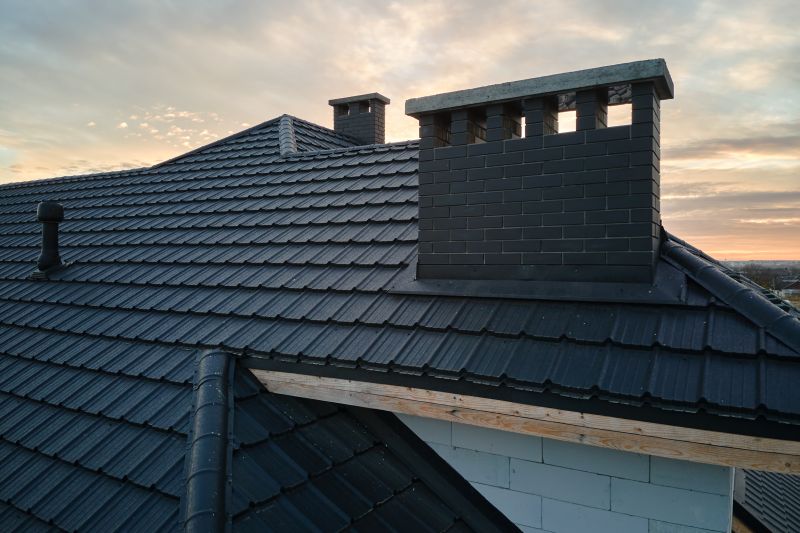
The crown covers the top of the chimney, preventing water infiltration and structural damage.
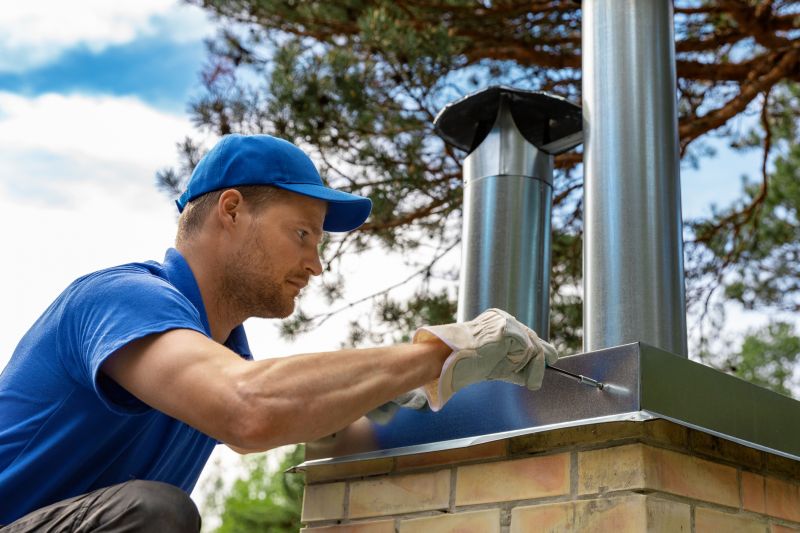
The flue directs smoke and gases out of the chimney, and should be inspected for blockages or damage.
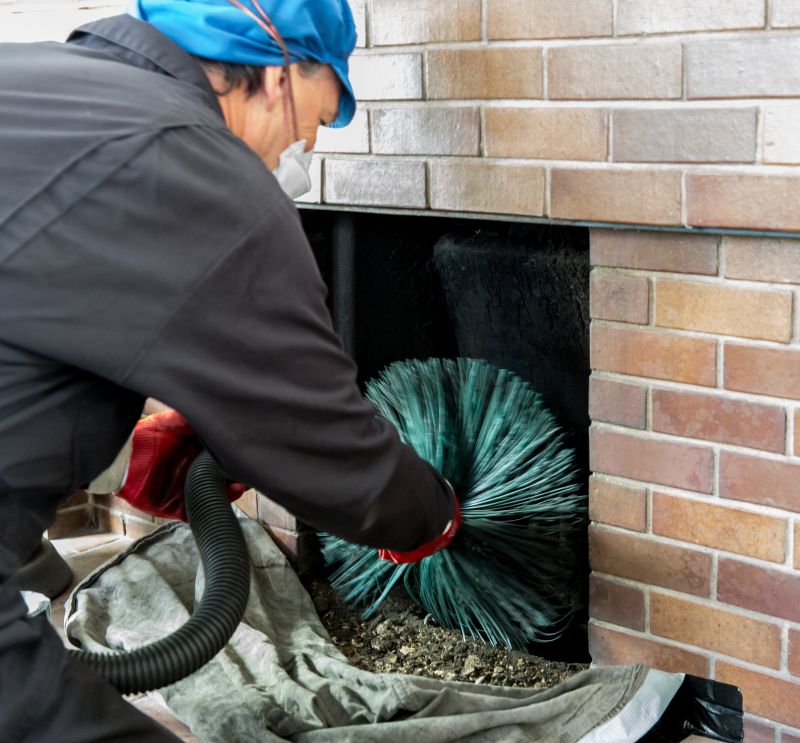
Interior inspection reveals cracks, creosote buildup, or obstructions that could pose safety hazards.
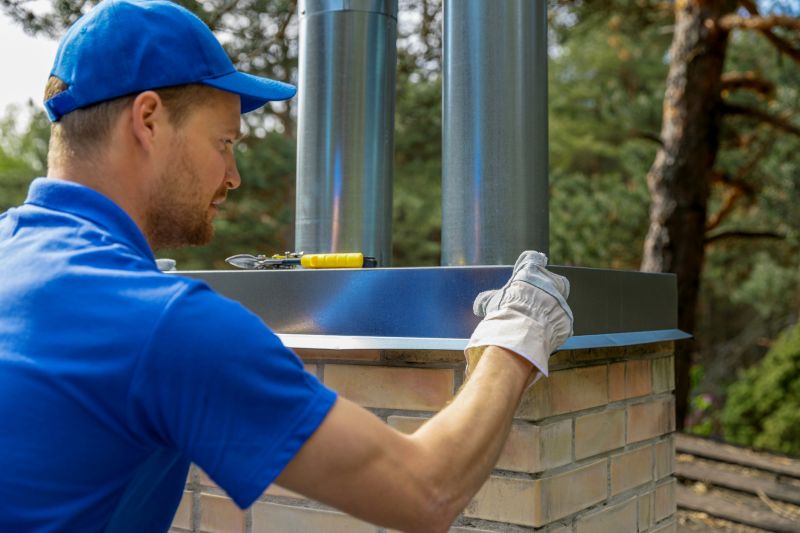
Exterior checks identify cracks, deterioration, or damage to the masonry or siding.
Proper chimney inspection ensures all key components are functioning correctly. Neglecting routine checks can lead to dangerous conditions such as chimney fires, carbon monoxide leaks, or structural deterioration. It is vital to verify the condition of the chimney cap, liner, damper, and crown to prevent potential hazards.
Ensures the cap is intact and effectively prevents debris and animals from entering.
Checks for cracks, corrosion, or blockages that could compromise safety.
Verifies that the damper opens and closes properly to control airflow.
Examines the masonry and crown for cracks, deterioration, or damage.
Failure to maintain and inspect chimneys regularly can result in dangerous situations. Creosote buildup is a leading cause of chimney fires, while damaged components may lead to smoke leaks or carbon monoxide intrusion. Routine inspections help identify issues early and maintain safe operation of the fireplace.
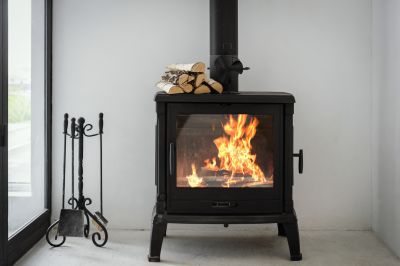
A well-maintained wood burning fireplace enhances safety and efficiency.
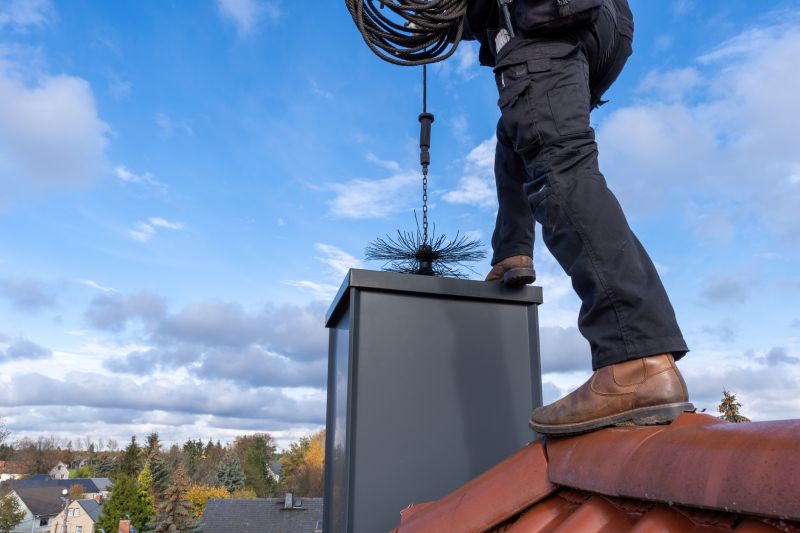
Technicians assess the interior and exterior components for damage or obstructions.
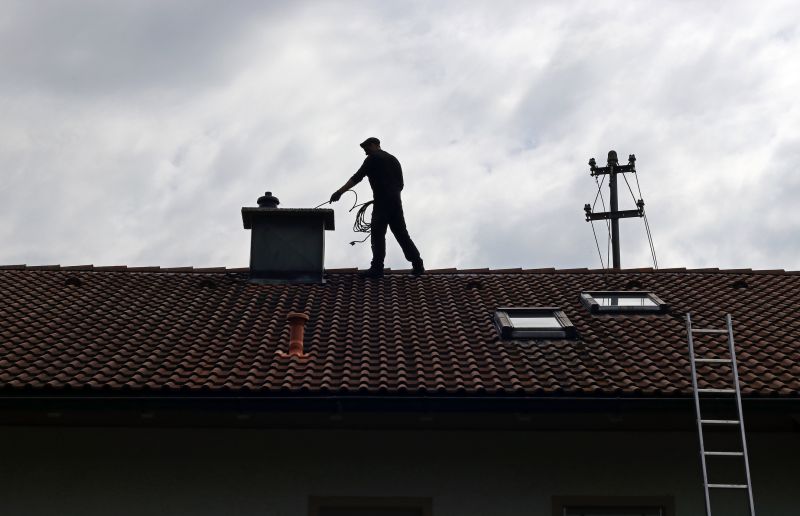
Accumulation of creosote can ignite and cause fires if not removed.
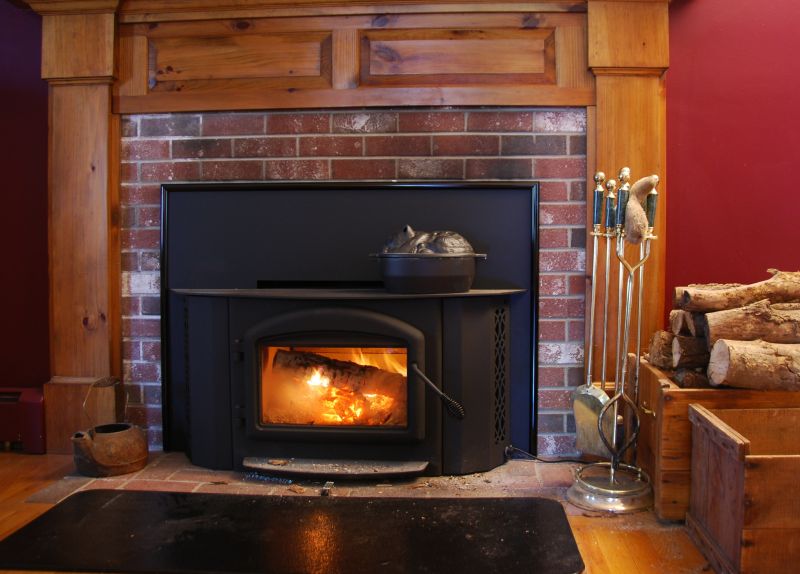
Proper damper operation ensures safe and efficient fireplace use.
Routine chimney inspections are a vital part of fireplace safety. Ensuring components like the chimney cap, liner, damper, and crown are in good condition helps prevent hazards and prolongs the lifespan of the chimney system. Regular checks can also improve fireplace efficiency and reduce maintenance costs.
Interested in scheduling a chimney inspection? Use the contact form to request a quote and ensure your chimney is safe, efficient, and functioning properly.
